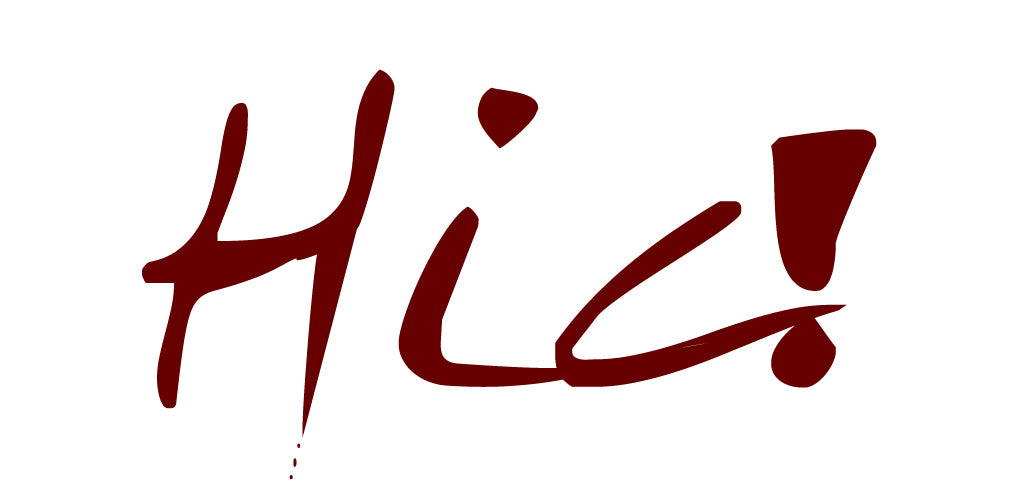Germany | Pfalz

For over 85 uninterrupted kilometres, the vineyards of the Pfalz sweep across this remarkably pretty and peaceful landscape, linking the 130 wine towns of the region between Bockenheim and Schweigen on the border with Alsace. The Pfalz is the second largest wine growing region in Germany (and the largest red wine region), producing every third bottle of German wine purchased domestically. The name 'Pfalz' is a derivation of the Latin word palatium, meaning palace and the English equivalent, Palatinate, is sometimes used to refer to the region.
The principle focus of the winegrowers in this region is on classic grape varieties, especially Riesling. The king of white wines has become the undisputed leader in the Pfalz with nearly 6,000 hectares cultivated; however, Pinot Blanc and Pinot Gris are increasingly on the rise as too are Silvaner, Müller-Thurgau and Gewürztraminer as well as the international varieties Chardonnay and Sauvignon Blanc.
The red wines of the Pfalz are also becoming increasingly important. There is lively, fresh Weißherbst from the Portugieser grape, fruity Pinot Noir and as a special Pfalz success story, Dornfelder, which has been creating a sensation for several years. The deep-coloured and quite complex red wine is mostly produced in a dry style
The Pfalz is home to the world’s largest wine barrel, the world’s largest wine festival (in Bad Dürkheim), the world’s oldest wine in the Palatinate Historical Museum, and the first and best known wine route, the German Wine Road.
From£12.50







